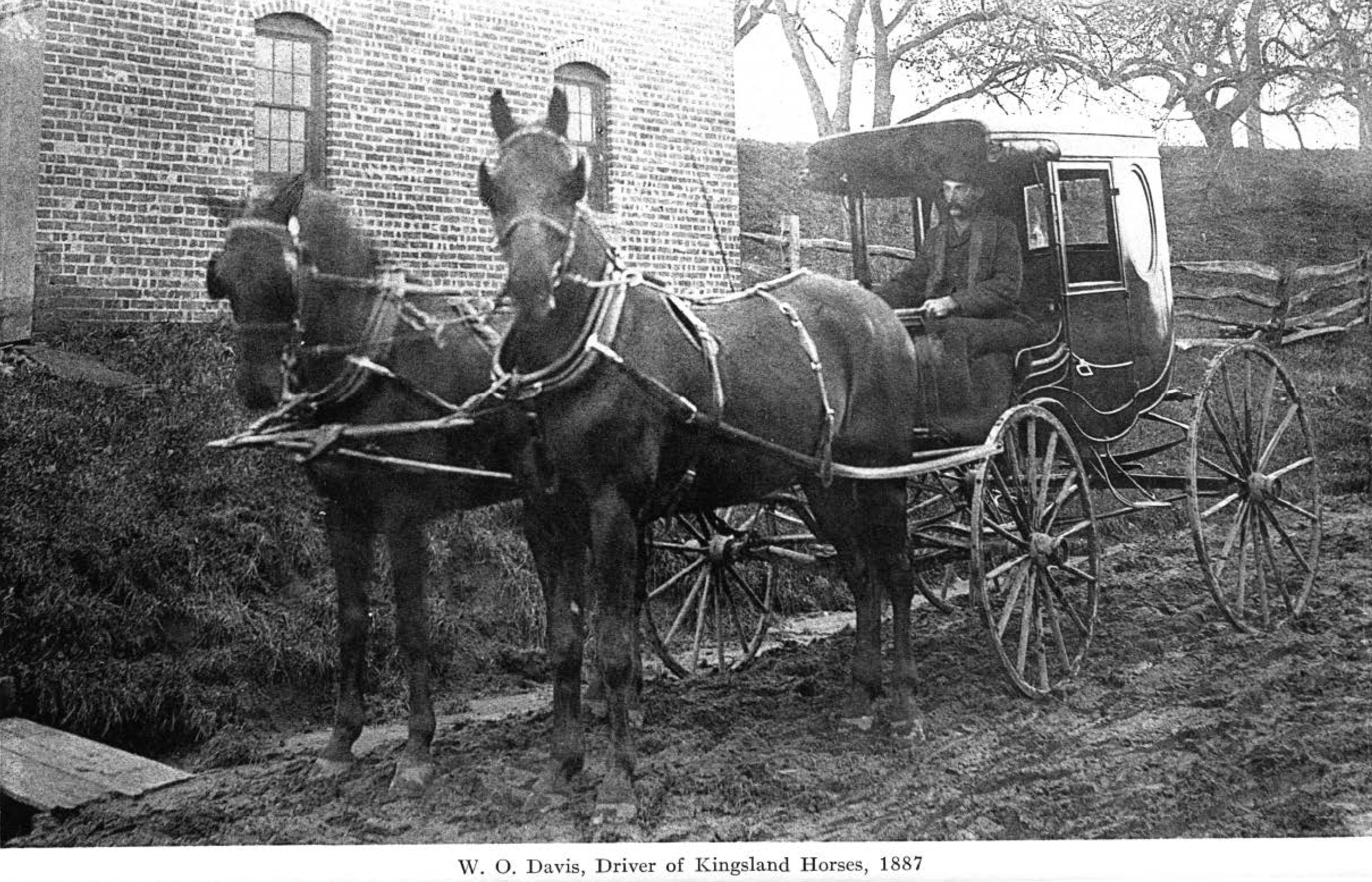GENERAL GRANT COMES TO FRANKLIN
BY ANN A. TROY
ONE of the biggest days in the history of Nutley occurred eighty years ago October 23, when General U. S. Grant visited the town.
The visit of the Civil War leader drew 20,000 persons into the town, which was then known as Franklin. Staged during the Presidential campaign of James A. Garfield, the visit was the occasion of the wildest excitement and placed the community, for a few hours at least, in the national spotlight.
General Grant, who had served his two terms in the White House, came to Nutley from New York on an Erie train, accompanied by a large delegation of Republican notables. Alighting at the Nutley station, the visitors were greeted by a salute of 38 guns and the Presidential salute of 21 guns fired by the Young Battery and the Eighth Ward Battalion. A special brigade from the Franklin Cavalry, described by the newspapers as wearing “handsome uniforms and helmets,” acted as escort, and General Grant’s carriage was pulled by two “coal black horses” owned by the Kingsland family. General Grant and his party were taken from the station to the home of J. Fisher Satterthwaite for luncheon.
After lunch, speeches were given to the crowd from a platform erected near the Satterthwaite home. It had been planned to erect a mammoth tent covering 35,000 square feet, but evidence unearthed by the Historical Society shows that bad weather, dampness and high winds interfered.
Commenting on the gathering the Newark Daily Advertiser said:
“About 2,000 people who filled the space in front of the stand lent abundant life and activity to the scene in spite of gray skies and damp earth. The audience was largely composed of farmers and manufacturers and their employees of the neighborhood, with many ladies.”
What the press referred to as “the longest speech” was delivered by Arthur Edwards Pierrepont, former United States Attorney General and at that time U.S. Minister to England. He spoke on the “Greenback heresy.” General Grant was introduced by Cortlandt Parker, who hailed the Civil War leader as “the saviour of the Republican party.” Grant made a strong plea for the election of Garfield, arousing a tremendous ovation when he called for “A free ballot in every state.”
Grant and his party went back to New York on the 5:30 train.
In honor of the occasion the town named a new street Grant Avenue.
The committee in charge, according to Historical Society researches, consisted of Charles F. Underhill, T. M. Wheeler, W. B. Boardman and Mr. Satterthwaite.
Before the visit the Newark Daily Advertiser printed an interview with Satterthwaite, who said: “We have secured General Grant for our great outdoor meeting at Franklin (we have lots of outdoors there) and Emory A. Storrs and General Tom Ochiltree of Texas have definitely accepted. It is tolerably certain, too, that General Arthur Edwards Pierrepont, Don Cameron and quite a little party of stalwarts will come on a special train, with Grant leaving New York about one o’clock on Saturday.
“We are going to have enormous tent accommodations and want you to help us as much as possible in making this a great day for Essex County. Cortlandt Parker is to be requested to preside.”
The visit was referred to in the New York Times of October 21, 1880, as “an occasion of considerable magnitude.” Another clipping from the New York Times says: “The grandest preparations are being made to welcome the distinguished guests and it is expected that fully 20,000 persons will be present.”
Roscoe Symonds had in his possession a scrapbook kept by his father, George Symonds, then principal of the Avondale School, which contains an invitation issued to him to attend the meeting. The invitation stated that Republicans of New Jersey “are cordially invited to attend an afternoon mass meeting to be held at Franklin, Essex County, N.J. on Saturday, October 23, at 2 o’clock.”
George Jenkins of Evelyn Place recalled the visit, declaring a platform of great proportions was erected as the speakers’ stand.
The Historical Society is reported engaged in research to determine if the two horses used in General Grant’s carriage are buried in the former Kingsland property on Kingsland Road.

